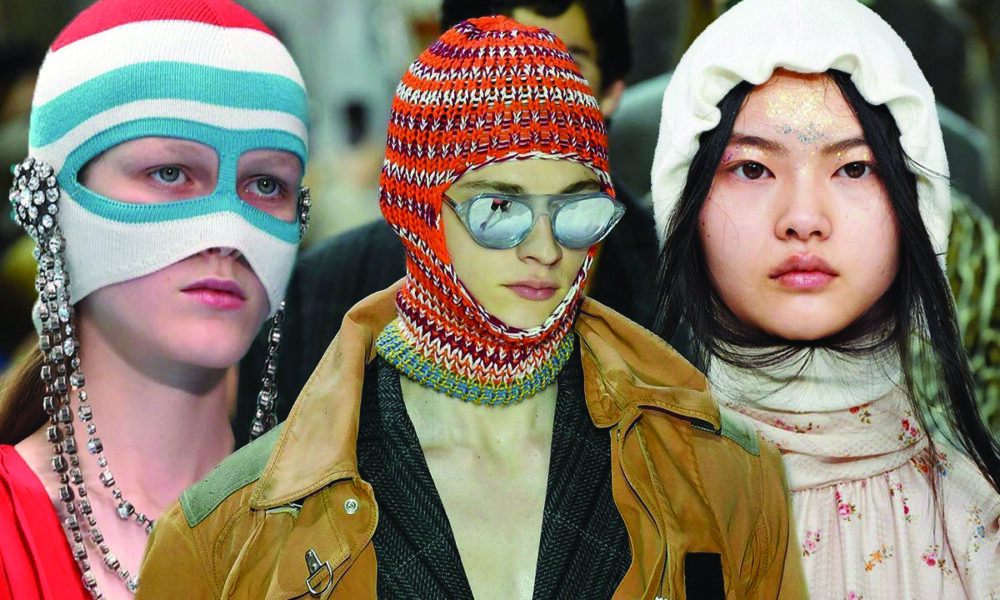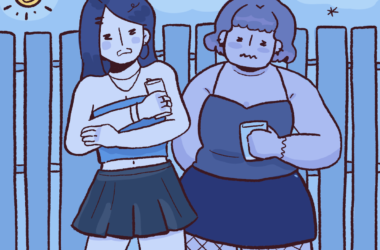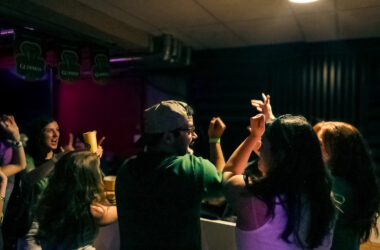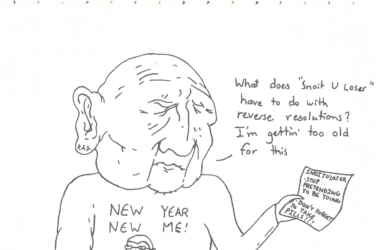Balaclavas have recently stepped on the scene, taking the fashion world by storm. In the past year, the Google search “how to knit a balaclava” grew by five thousand per cent. What was once deemed unfashionable has dramatically taken off.
Typically made out of wool or other kinds of yarn, balaclavas are meant to cover almost the entirety of your neck, head, and face. Clearly, the idle hands that took up crocheting and knitting during the pandemic are itching to create their own balaclava project.
If you’ve been on TikTok these past few months, you might have encountered the accessory on your feed in a handmade variation, with commenters demanding tutorials and asking for stitch-types.
For frigidly cold places like Montreal, balaclavas are practical, explaining their quick rise in popularity. The necessity of face protection in our lives the past two years have definitely influenced what we find trendy as well as convenient, making the balaclava a perfect accessory that keeps users both comfortable and fashionable while donning our facial masks. Others simply might use it as a unique alternative to the beanie.
The original use of the balaclava leans into its practicality. The accessory’s roots can be traced back to the Crimean War in 1853. Its name comes specifically from the Battle of Balaclava fought during the war.
During the Battle of Balaclava, British troops were stuck in the port of Balaclava in the southern Crimea while on their way to siege the Crimean capital, Sevastopol, from the Russians. Supplies were impossible to deliver to British troops because of the freezing weather, leaving many soldiers to starve or develop frostbite. Britain officials promptly supplied their troops with knitted headgear to keep them safe and warm in the subzero temperatures. The goal was to cover the entire head, the place where most heat is lost in the body.
Although the balaclava’s rise as a trend comes under less urgent circumstances, the accessory is certainly a testament to people’s turn to creative outlets with tangible results during the pandemic. Though neutral styles can be a staple for warmth, many have picked up crocheting or knitting to create balaclavas with their own sprinkle of individuality, especially as the project doesn’t take much yarn, or time.
“I’ve been eyeing them since last winter,” said recent balaclava purchaser and U3 Arts student Yu Xuan Zhao. “It’s a good way to support small businesses [….] If you ask to commission a piece or even DIY it, it can be even more unique and sentimental because you get to choose your own yarn.”
On a more immediate scope, the balaclava reflects an overarching trend in pandemic-era fashion: The desire for practicality and style. From bright athleisure to rubbery crocs to fluffy uggs, it seems most people are turning to comfortable, convenient styles that still leave room for individual expression.
For others, the accessory is tied to race, gender, and religious issues. The accessory resembles the hijab, a religious head scarf worn by Muslim women. While some Muslim women hope that the trend can propel a more empathetic understanding of the hijab, others see it as evidence of the freedom given to white femininity. In Quebec, a teacher was recently fired from her job for wearing a hijab after the school board determined she was in violation of Bill 21.
There’s no telling whether balaclavas might simply be another microtrend or an accessory that sticks around each wintertime, but like any fashion trend, the garment carries complex communal and individual significance for its wearer.








